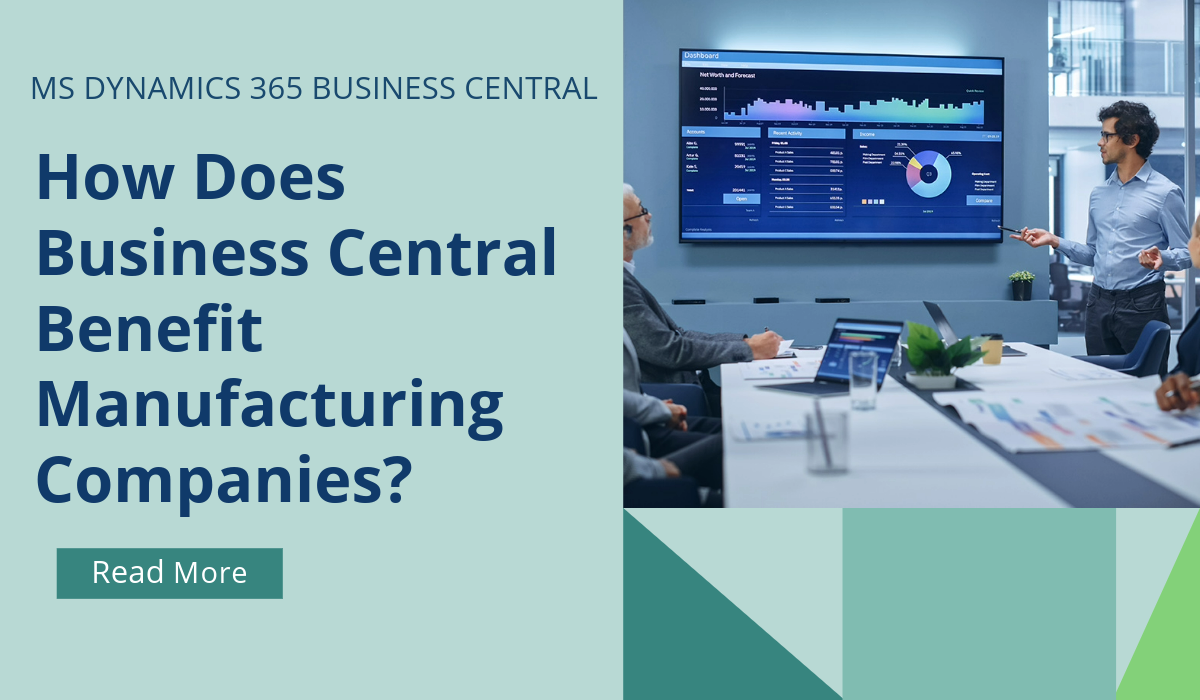
Looking for a new software solution? Shorten your shortlist!
Companies are looking for short-term Return on Investment (ROI) with new ERP systems. However, often and unnecessarily many costs are incurred during the selection phase. This puts even more pressure on a quick ROI before the actual implementation has even started.
Selecting ERP is often purely a matter of emotion, even though as a buyer you like to present things otherwise. Many companies work from a longlist towards a shortlist to make the final choice based on the latter. A relevant question is what you require from the suppliers, phase by phase; and how much time and energy you and your team can dedicate to it.
Sector Experience
Limit the suppliers on your longlist based on whether they have relevant references in your sector.
There is nothing to gain in requesting RFI’s (sometimes with more than a thousand questions!) from all suppliers on your longlist, if you already think that they do not have appropriate experience.
User Interface
Arranging full-day workshops with a number of potential suppliers is not logical either.
Especially if you plan to invite your complete project group or working group for the occasion; only for you to later disregard candidates because their user interface looks a bit chaotic. This information could be gained without the need for a full-day workshop.
Covering All Angles
Political play and keeping yourself covered are prominent driving forces during the selection phase.
In order to prevent possible reproaches, you choose to allow all the suppliers (even those about whom you had your doubts) to participate as well. But who actually profits from such an approach?
Based on the above, even if we ignore for a moment the efforts that you require from your ERP suppliers, think of how much time and energy they require from you. Do you include all those costs in your business case?
How to Improve the Shortlisting Process
First, at a management level, decide upon the five most important selection criteria. Use these criteria to identify the two most suitable suppliers and only then start going into detail. In this way, you save a lot of time and energy. With this funnelled approach, not only are you keeping your selection costs under control, but also displaying a great deal more respect towards your suppliers.
July 14, 2022
RECENT POSTS
How Does Business Central Handle Inventory Management?
Inventory Management is a module in Business Central that helps SMBs manage their inventory and other operations within a single platform. SMBs can track, manage, and optimise stock levels across locations. Microsoft Dynamics [...]
How Does Business Central Benefit Manufacturing Companies?
Manufactured products are part of everyone's lives. From the car that you drive, the mobile phone that you use, to the milk that you drank for breakfast. Companies that create these products must [...]
How to Ensure GDPR Compliance through ERP Systems?
Organisations are increasingly dependent on the collection, processing, and storage of data for their continued business operations. However, growing concerns around data privacy and security are nudging businesses to comply with the regulations surrounding the [...]


